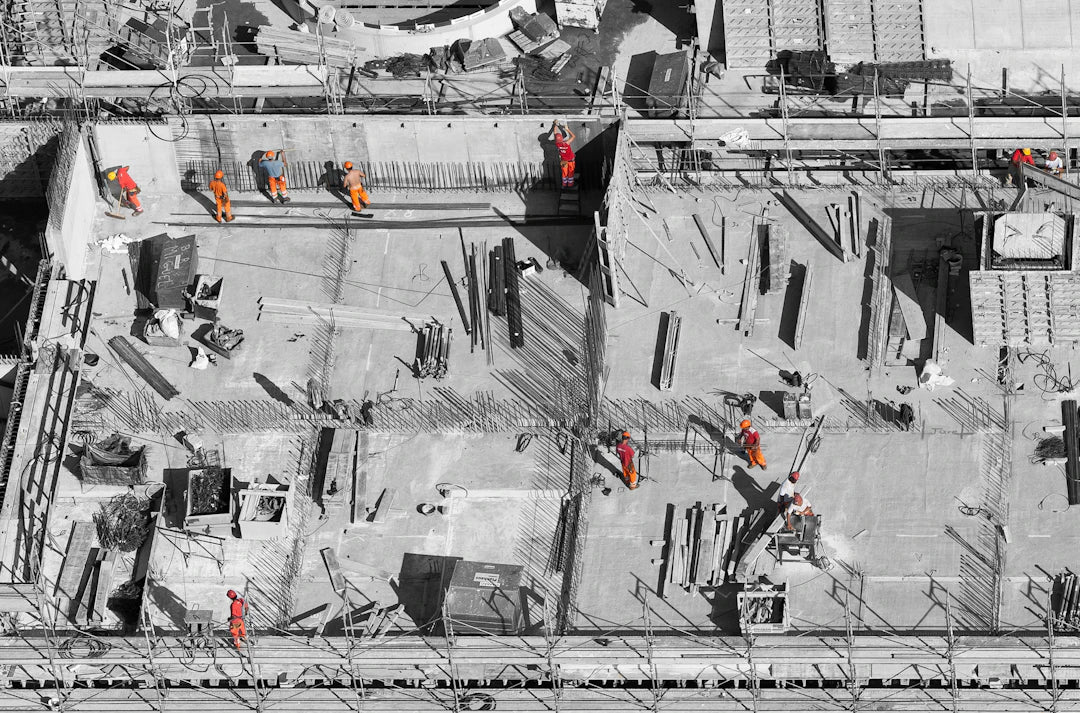Frequently Asked Questions
1. What is formwork and why is it important in construction?
2. What are common materials used for formwork?
3. What should I do if I encounter concrete leakage in formwork?
4. How can surface defects in concrete be minimized?
5. What are some tips for effective formwork management?
Formwork plays a vital role in the construction industry, enabling the safe and efficient shaping of concrete structures. However, like any construction material, formwork systems can face a range of issues that can lead to delays and increased costs. Understanding how to troubleshoot these common formwork issues can significantly enhance your workflow. In this article, we’ll explore some of the most frequent problems encountered in formwork, along with effective solutions that will keep your project on track.
Understanding Formwork and Its Importance
Formwork refers to the temporary or permanent molds used to form concrete structures. It provides the necessary shape and support until the concrete sets and gains sufficient strength. Common materials used for formwork include timber, steel, and formwork plywood, with film faced plywood being one of the most popular choices due to its durability and versatility.
The Role of Film Faced Plywood in Formwork
Film faced plywood is designed specifically for heavy-duty construction applications. With a smooth surface and water-resistant properties, it offers excellent performance for concrete casting. Using high-quality film faced plywood can reduce the likelihood of common issues like surface defects and water infiltration, thus ensuring better outcomes for your projects.
Common Formwork Issues
While formwork systems are sturdy and reliable, they are not immune to problems. Below, we outline some of the most common formwork issues and their solutions.
1. Inadequate Support
One of the most critical aspects of any formwork system is ensuring that it has adequate support. Insufficient bracing or spacing can lead to collapses or deformities in the finished structure.
Solution: Regularly inspect your formwork for stability. Ensure that all braces are properly secured and that loads are evenly distributed. For tall structures, consider additional shoring and lateral supports.
2. Leakage of Concrete
Another frequent issue is concrete leakage that can occur if the formwork is not sealed correctly. This can lead to significant material loss and an imperfect finished product.
Solution: Use caulking or sealants around joints and seams where leaks may occur. Ensure that your formwork plywood is in good condition, and replace any damaged sections before pouring concrete.
3. Contamination of Concrete
Contamination can occur when debris, water, or other unwanted materials get trapped in the formwork during the concrete pouring process. This can weaken the structure and affect its appearance.
Solution: Always clean the formwork thoroughly before use. Remove any dirt, oil, or debris that could compromise the integrity of the concrete. Regular maintenance of your film faced plywood will prevent contamination and extend its life.
4. Surface Defects
Surface defects in concrete, such as honeycombing or uneven textures, can result from poor formwork practices. This is particularly problematic when the finished surface will be exposed.
Solution: Use high-quality materials like film faced plywood for a smoother finish. Additionally, ensure the formwork is properly aligned and tightened, and use adequate vibration techniques during the concrete pour to minimize air pockets.
Tips for Effective Formwork Management
Having a solid plan for managing your formwork is crucial in keeping your projects running smoothly. Here are some tips to help you manage your formwork effectively:
- Choose Quality Materials: Opt for high-quality formwork plywood or film faced plywood that meets your project specifications to minimize issues.
- Training and Awareness: Make sure that all team members understand the importance of proper formwork installation and maintenance.
- Regular Inspections: Conduct routine inspections of your formwork before and after use to identify any potential issues early.
- Documentation: Keep detailed records of your formwork systems, including installation procedures and any changes made during the project.
Advanced Troubleshooting Techniques
In some cases, traditional troubleshooting methods may not resolve more complex issues. Here are a few advanced techniques that may help.
Using Technology for Formwork Monitoring
Incorporating technology in your troubleshooting process can enhance your accuracy and efficiency. Software solutions and monitoring systems offer real-time data on stress, humidity, and temperature, allowing you to intervene before small issues escalate.
Consulting with Experts
When faced with persistent issues, it may be beneficial to consult with formwork experts or professionals who specialize in concrete structures. Their insights can help you identify problems that might not be apparent to your team.
The Bottom Line: Get Ahead of Formwork Challenges
Formwork issues can be a significant hindrance in construction projects, but with the right knowledge and preparation, they can be effectively managed. Utilize high-quality materials like film faced plywood, maintain your formwork systems, and adopt best practices in installation and management. By being proactive and well-informed, you can innovate on-site solutions that not only keep your projects on track but also ensure the integrity and quality of your concrete structures.
As you continue to work with formwork in your future projects, remember that the key to overcoming these challenges lies in staying informed and prepared. So gear up, take the necessary precautions, and build with confidence!

